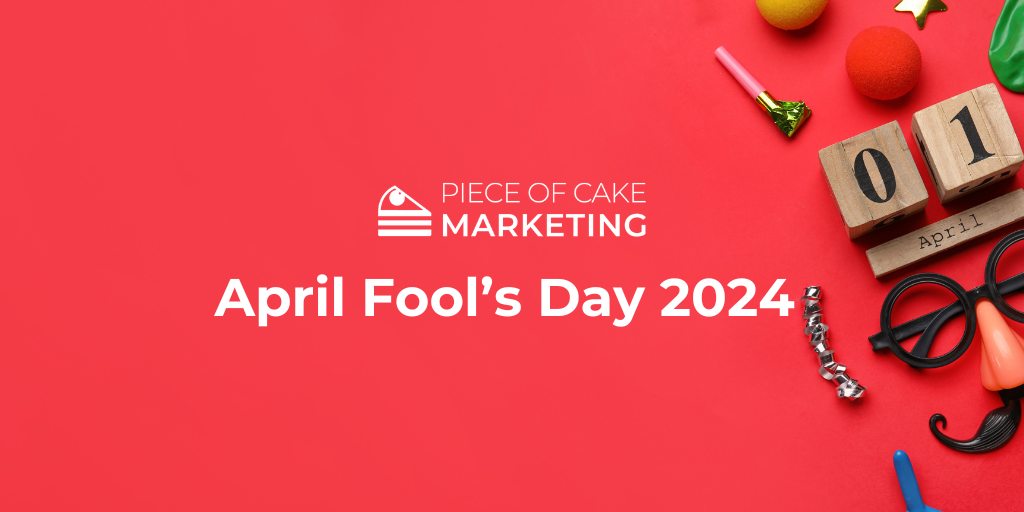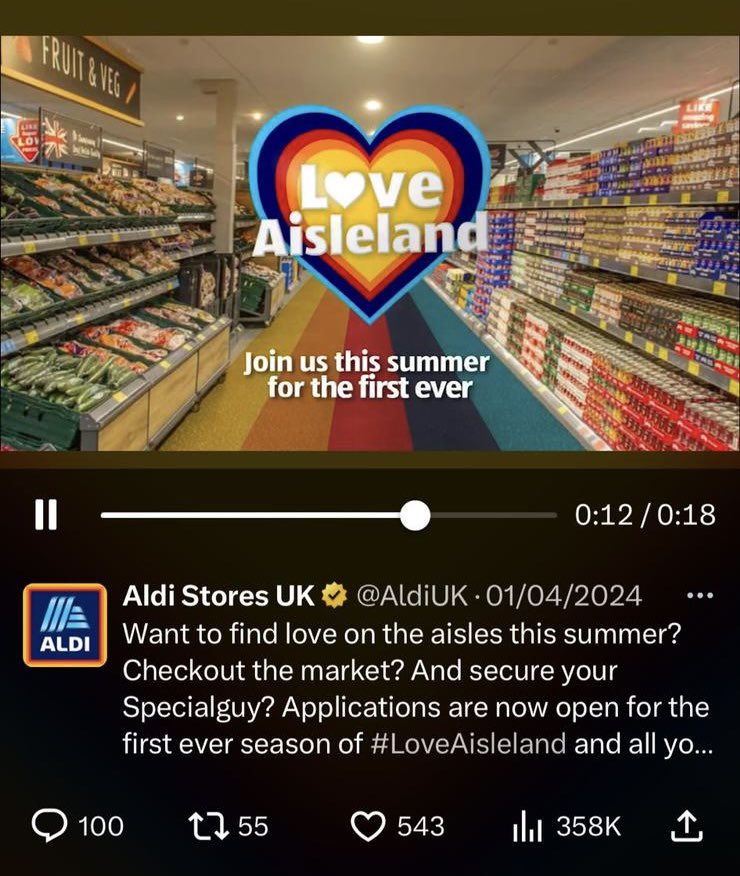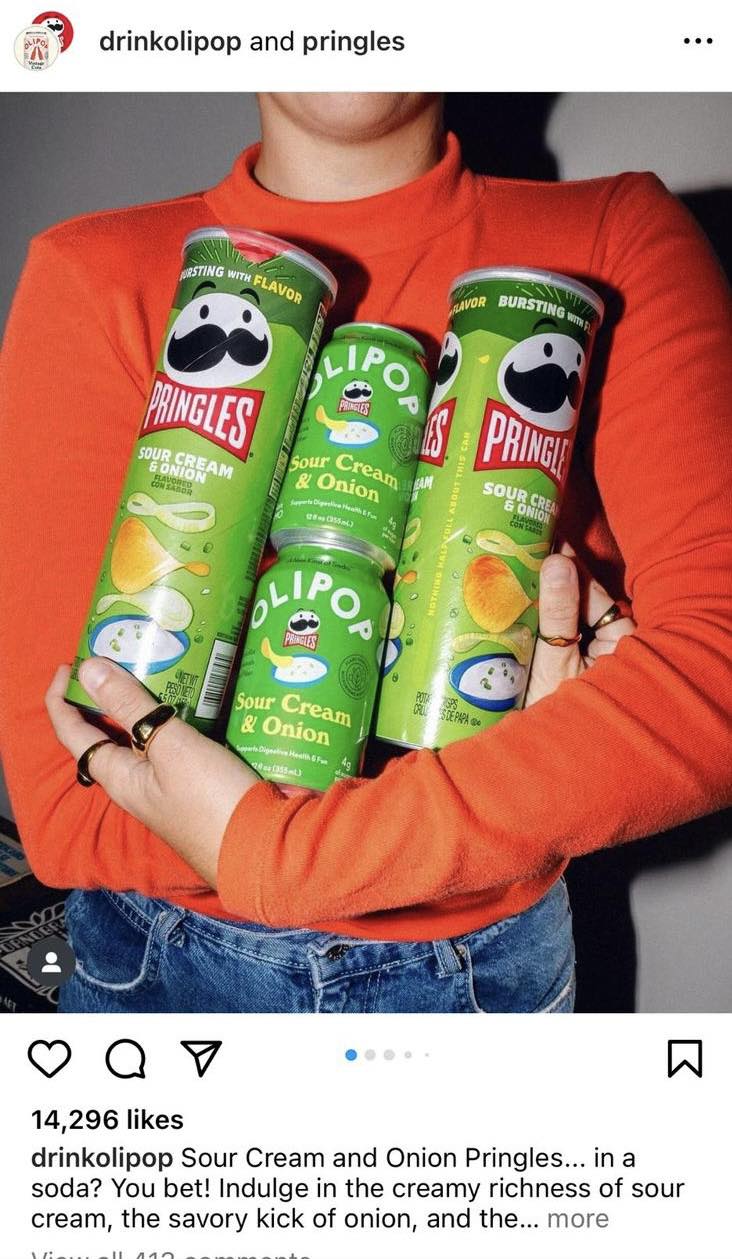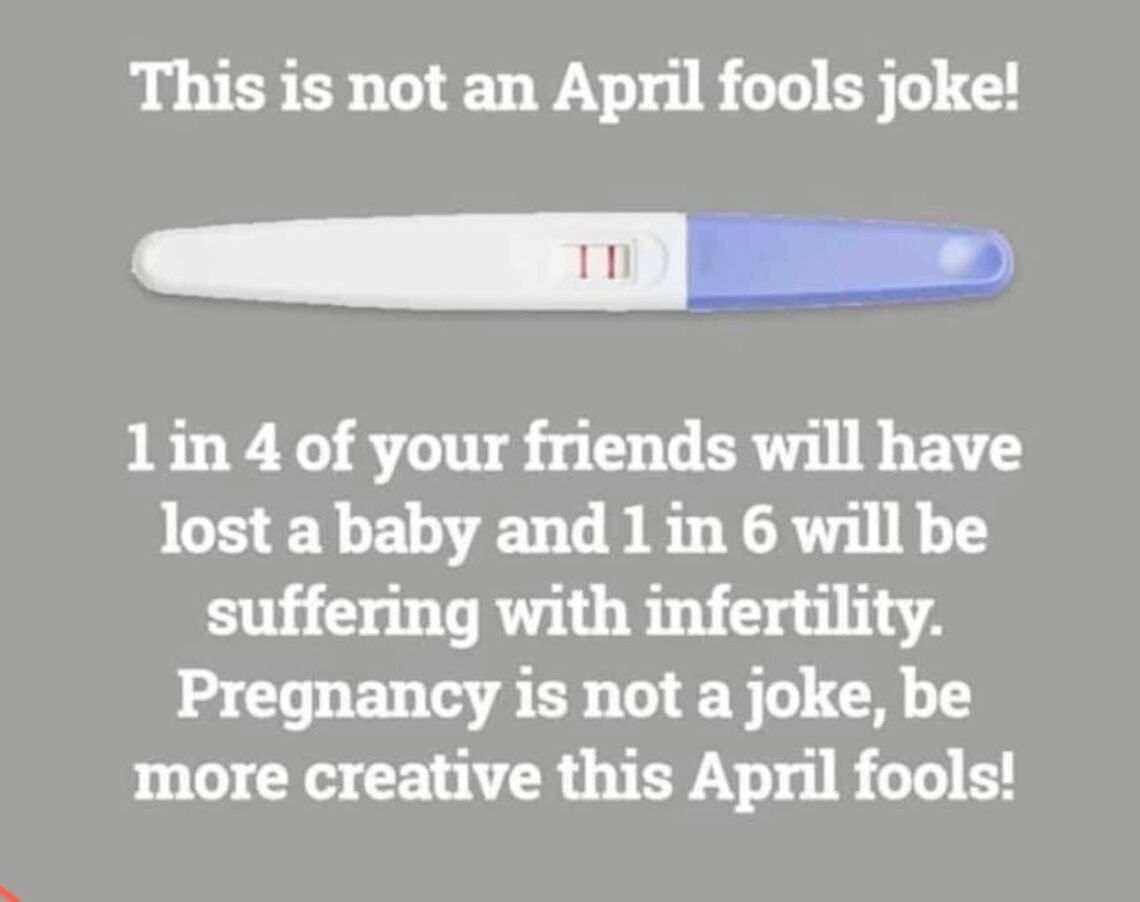
April Fool’s Day is the annual day of jokes and tricks that takes place on the 1st of April each year. While its origins are somewhat uncertain, the day has become a global phenomenon, with individuals and brands alike getting in on the fun. We’re sure you’ve made your fair share of Fool’s Day pranks whether it was as a child or a tradition you’ve kept up until today, but have you considered using it within your marketing strategy?
April Fool’s Day can either be a marketer’s dream or their worst nightmare, but for brands, it presents a unique opportunity to engage with their audience in a light-hearted and playful manner and if done right, the benefits and consumer engagement can be fabulous. So, we’re here to tell you how to hit the nail on the head and add some humour to your online presence in the perfect way, which includes a rundown of 2024’s best April Fool’s Day marketing stunts, what to avoid next April 1st, and what you can bring to your everyday marketing to reap the rewards all year round.
What Makes a Good April Fool’s Day Post?
- Relevance to your brand: Ensure that your April Fool’s Day prank aligns with your brand identity and values.
- An easy-to-understand joke: Keep the joke simple and straightforward, avoiding overly complex ideas that may confuse your audience.
- Attention to detail: Invest time and effort into crafting a professionally executed prank, whether it’s through product photoshoots or creating a fake advertisement to make the stunt seem believable.
- Grab your audience’s attention: Your prank should be attention-grabbing and memorable, leaving a lasting impression on your audience.
Everyday Marketing Inspiration We Can Take from April Fool’s Day
April Fool’s Day can also serve as inspiration for everyday marketing efforts. By infusing humour into their marketing campaigns, brands can add personality to their brand and foster a deeper connection with their audience. Humour has the power to make a brand appear more authentic, trustworthy, and relatable, ultimately driving customer engagement and loyalty.
Successfully achieving a well-received ‘funny’ post, whether it’s a simple meme or a well-thought-out joke, serves as a testament to a brand’s understanding of its target audience. By nailing humour, brands demonstrate their ability to resonate with their audience’s sensibilities, strengthening the bond between brand and consumer.
In essence, remember to take the chance now and again to let loose and have fun with your marketing, showcase a lighter, more playful side of your brand and see what happens…
Brands That Smashed April Fool’s Day Pranks This Year

Aldi’s ‘Love Aisleland’

Aldi’s spoof reality TV show, ‘Love Aisleland’, cleverly capitalised on the cultural phenomenon of ITV’s ‘Love Island’, where contestants go to spend weeks in a villa soaking up the sun and attempting to find love. This not only resonated with audiences familiar with the popular series but also showed Aldi’s ability to pick fun at themselves and not take social media so seriously.
It only takes a scroll down Twitter to see that this has been Aldi’s social media marketing strategy for a while, such as the ordeal with M&S taking Aldi to court over Colin and Cuthbert the Caterpillar Cakes, where Aldi made a joke of the issue bring them positive attention due to their light-hearted reaction. We have seen this humorous personality shine through once again and would expect nothing less from Aldi.
The Takeaway:
This was a very popular April Fool’s Day post this year and a large topic of discussion. It shows that if you can create humorous content in the correct tone for your brand’s values and target audience, it can bring in great engagement. So, think, what is current and relevant for your business’ demographic that could bring a bit of personality to your brand in your next batch of content?
Sol De Janeiro’s New ‘Spider’ Scent

Sol De Janeiro’s playful take on a new spider-attracting scent effectively dispels negative rumours while showcasing the brand’s personality and wit. The brand announced on April 1st that they will be releasing two new products in the scent “Aranha Spider”. This included a body butter with the tagline “deeply hydrates & attracts spiders” and a body mist claiming to be a “spider pheromone”. By turning a potential PR nightmare into a joke, Sol De Janeiro reinforces its brand identity and likeability.
The Takeaway:
This brand has taken the leap to be a little silly and not-so-serious, turning a rumour into a joke. It shows their brand personality, making them more likeable from a consumer’s point of view whilst also squashing something that could have been harmful to their brand. Take a leaf out of Sol De Janeiro’s book and consider playing on some myths within your industry or line of work.
Olipop X Pringles ‘Sour Cream and Onion Soda’

Olipop and Pringles announced an unexpected collaboration to create a faux soda flavour inspired by a Pringles classic. This not only demonstrates the power of partnership in marketing, but the prank also draws attention to both brands, illustrating the benefits of thinking outside the box, despite the absurdity of the concept of a sour cream and onion can of pop.
The Takeaway:
This April Fool’s Day post shows the power of collaboration. Sometimes two is better than one, and with the features social media pages offer nowadays have a play with the post collaboration feature on Instagram, and see who might just accept your offer, even if the pairing is unexpected. Think about what brands could help your company and vice versa.
Ugg’s Tasman Bed

Ugg made a prank product announcement of a bed inspired by their popular, sell-out slipper, the ‘Tasman’, captioned “Taking snUGG to a whole new level.”. `This cleverly leveraged humour to highlight product quality and comfort. By tapping into consumer sentiment with a relatable joke and associating its brand with comfort and cosiness, Ugg creates a relatable and memorable marketing moment and strengthens its brand image and appeal.
The Takeaway:
Ugg making a bed inspired by slippers shows how comfy their shoes are that you’d want to sleep in them and helps them market the quality of their product through the use of humour. This makes your marketing feel more personable and relatable, meaning people are more likely to buy the product rather than feel as though they are receiving a hard sell.
Porsche’s take on the Rhode Phone Case

Porsche uncovered a phone case that allows you to hold your Porsche key fob into the back of it, creating a parody version of the infamous Rhode phone case that has recently taken social media by storm and influenced a wave of customers to the brand, just replacing a lip gloss with a key fob. Hailey Bieber, the founder of Rhode, commented on the post, intertwining the brands, and boosting publicity for both.
The Takeaway:
Porsche has demonstrated the importance of social listening within marketing, and how it can enhance your content and the reaction to it from an audience. Being on trend is a great way to drive a mass amount of attention, just like the Rhode phone case achieved, so think about what trends are relevant to your business that you could jump on the bandwagon with.
What NOT to do next April Fool’s Day

While April Fool’s Day presents an opportunity for brands to get creative with their marketing, there are certain topics that should be off-limits. Avoid jokes or pranks related to sensitive or serious topics, such as fake pregnancy announcements, coming out narratives, or illness and death. Keep April Fool’s Day light-hearted and fun and remember to always consider the potential impact on your audience.
Overall, April Fool’s Day offers brands a unique opportunity to showcase their creativity, humour, and personality. By embracing the spirit of the day and crafting engaging pranks and campaigns, brands can foster deeper connections with their audience and leave a lasting impression in the minds of consumers.
So, get planning for next year, and who knows – your brand might just make the list of April Fool’s Day winners in 2025!
